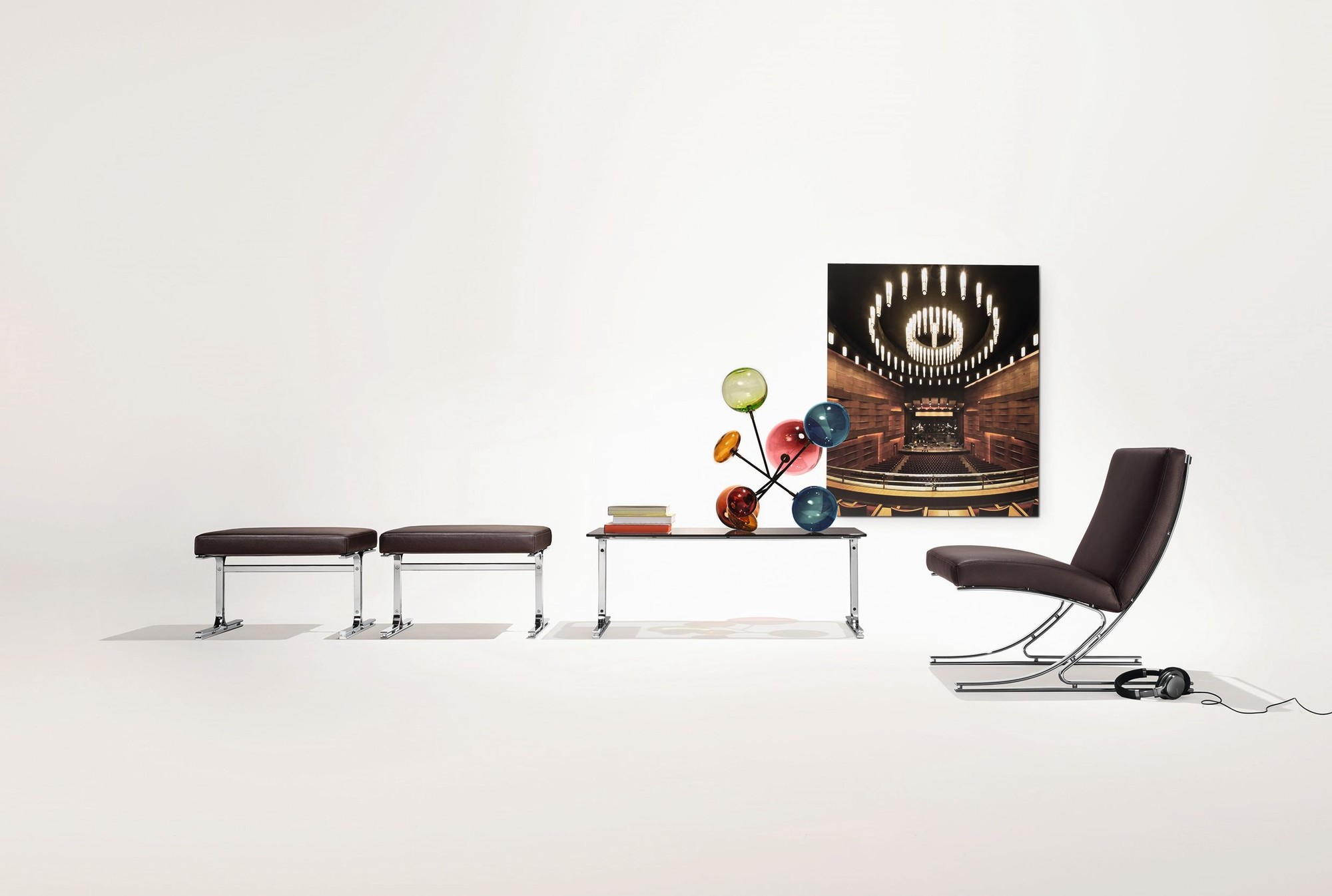.jpg?1440680814)
Zaha Hadid Architects are no longer the architects of the New National Stadium, Tokyo's headline venue for the 2020 Olympic Games. You probably already knew - ZHA have been making quite a fuss about it, with a 1,400-word statement released last month and a 23-minute video released yesterday, both arguing that scrapping their design is a bad idea.
Clearly, brevity is not one of ZHA's strong suits, so for those who don't have 30-plus minutes to chew their way through both video and statement, the basics are as follows: the official reason given by the Japanese government for scrapping the stadium has been the rising costs of the design. ZHA have countered this complaint by saying that the rising costs are not a result of their design but of an uncompetitive tender process for the construction, and of skyrocketing construction prices across the whole of Tokyo. They add that by starting the project from scratch, Japan risks overshooting their 2020 deadline for the Olympic venue.
An extra complication is added by the widespread public dislike of the stadium's design, scale and location - most notably coming in the form of a petition led by Fumihiko Maki and Toyo Ito - which has caused some to speculate that Japan's Prime Minister Shinzo Abe is secretly bowing to political pressure. In response, ZHA's video emphasized the features of the design which were either required by the brief or an attempt to respond to the context, in an attempt to absolve themselves from blame.
However, with the decision to start anew now over a month old, the question remains: will ZHA's attempts to win back the project be enough? More importantly, should this campaign be taken seriously?


.jpg?1440680780)
.jpg?1440680830)
.jpg?1440680860)
.jpg?1440680764)
















.jpg?1431618550)
.jpg?1431618477)
.jpg?1431618452)
.jpg?1431618575)
.jpg?1431618529)







